11 WWII Artifacts That Are Still Found in Collections
World War II left behind countless stories and artifacts, many of which are still held in private collections today. These items offer a tangible connection to a pivotal moment in history. From uniforms to weapons, each piece holds significant meaning. Some collectors are drawn to the unique stories these objects carry, while others value their rarity. Whether displayed in museums or tucked away in personal collections, these artifacts continue to fascinate and remind us of the past.
This post may contain affiliate links, which helps keep this content free. Please read our disclosure for more info.
WWII Soldier’s Uniform
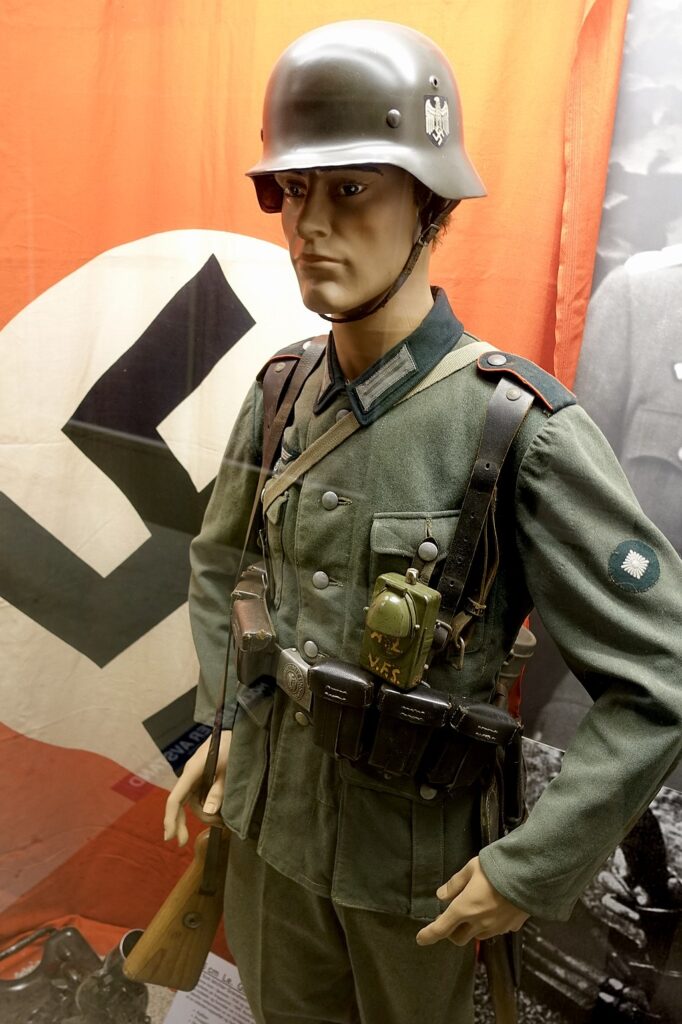
The uniforms worn by soldiers during WWII have become highly collectible over the years. These outfits were not only worn for practical purposes but also symbolized the dedication and patriotism of the soldiers. Uniforms from various countries, such as the U.S., Germany, and Britain, are commonly found in collections today. The authenticity and condition of these uniforms can significantly affect their value.
These uniforms often include distinctive patches, insignias, and buttons that make them easy to identify. Many collectors also focus on specific units or military branches, such as the U.S. Army Air Forces or the Waffen-SS. Over time, these uniforms have become historical pieces that tell the stories of the soldiers who wore them. Some even include personal items like field diaries or photographs, adding another layer of history to the artifacts.
WWII Propaganda Posters
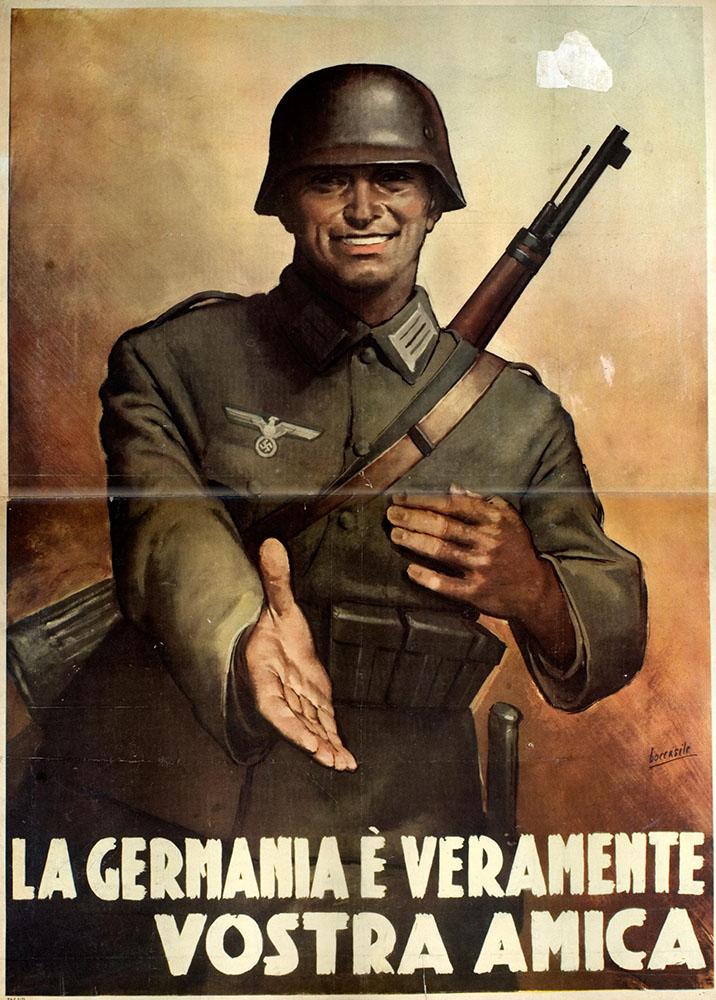
During WWII, governments used posters as a primary tool for spreading propaganda and rallying the public. These posters often carried powerful messages aimed at boosting morale or encouraging enlistment. From the famous “Keep Calm and Carry On” in Britain to the American “Uncle Sam Wants You,” these artworks have become sought-after collectibles. Their designs, bold colors, and historical context make them visually appealing and historically significant.
Today, these posters are often found in private collections, particularly those focusing on wartime media. Some are highly valuable due to their age, rarity, and iconic status. The messages in these posters, though often seen as a product of their time, continue to offer insights into the wartime mindset. For collectors, owning one of these posters is a way to hold onto a piece of history and witness the power of wartime imagery.
Military Medals and Decorations
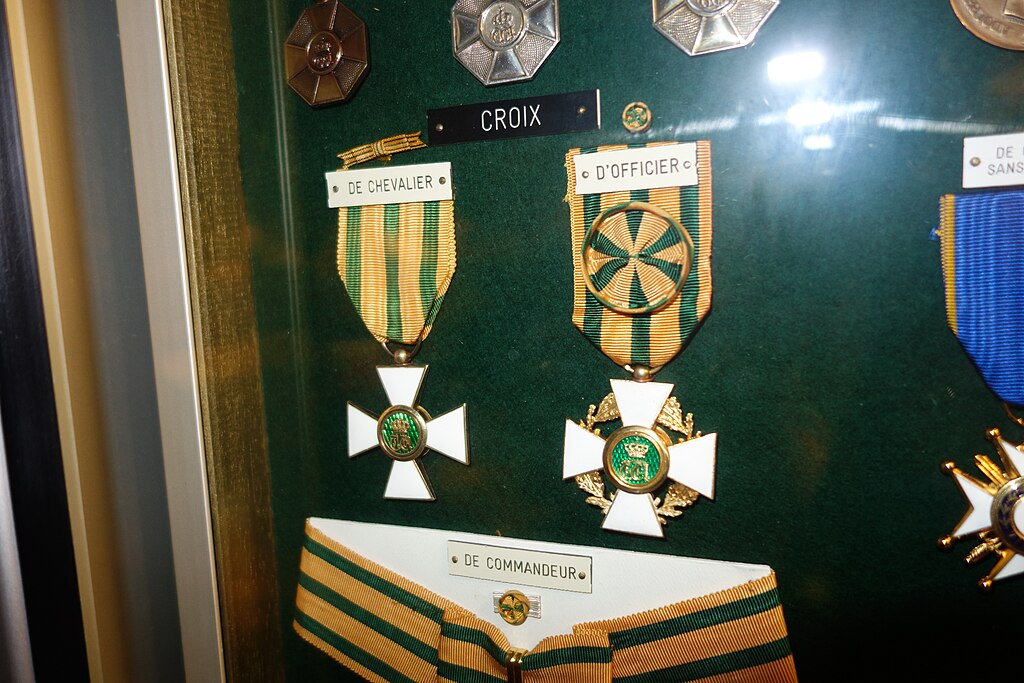
Military medals were awarded to soldiers for bravery, service, and achievements during World War II. These medals come in many forms, including the Bronze Star, Purple Heart, and the Iron Cross. Each medal tells a personal story of courage and sacrifice, making them valuable artifacts for collectors. The rarity of certain medals, particularly those awarded for acts of bravery or to high-ranking officials, can make them even more sought-after.
Collectors often seek out medals not only for their historical significance but also for their connection to specific individuals or units. Many collectors focus on medals from particular campaigns or significant battles, such as D-Day or the Pacific Theatre. The condition of the medals can influence their value, with pristine examples often fetching higher prices. Medals are a powerful reminder of the individuals who contributed to the war effort, and they continue to hold great emotional value.
WWII Gas Mask
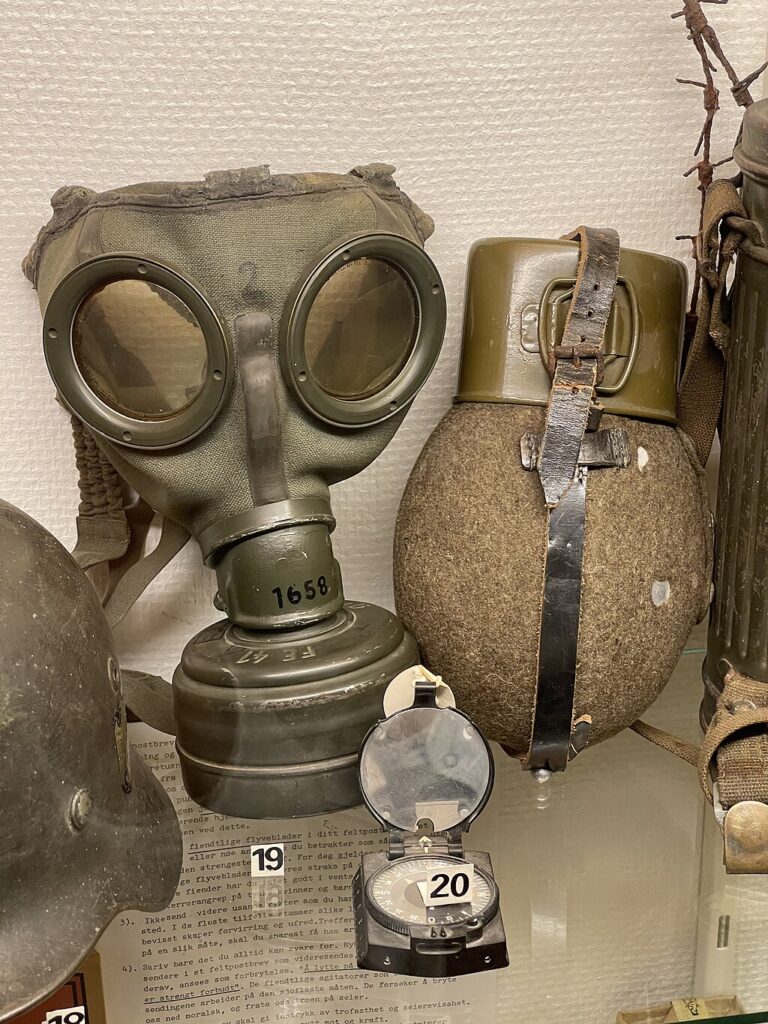
Gas masks were issued to soldiers and civilians during WWII to protect against chemical attacks. These masks were a necessary part of wartime gear, given the threat of chemical warfare. The design of gas masks varied by country, with some having distinctive shapes and features. Many gas masks found in collections today are the original models issued during the war.
These masks often come with the original carrying case, which can add to their value. The condition of the mask, especially the rubber seals, can affect how well the item is preserved. Some collectors focus on masks from specific countries or units, as these can provide further historical context. The gas mask remains an eerie reminder of the ever-present threat of chemical warfare during WWII.
German Luger P08 Pistol
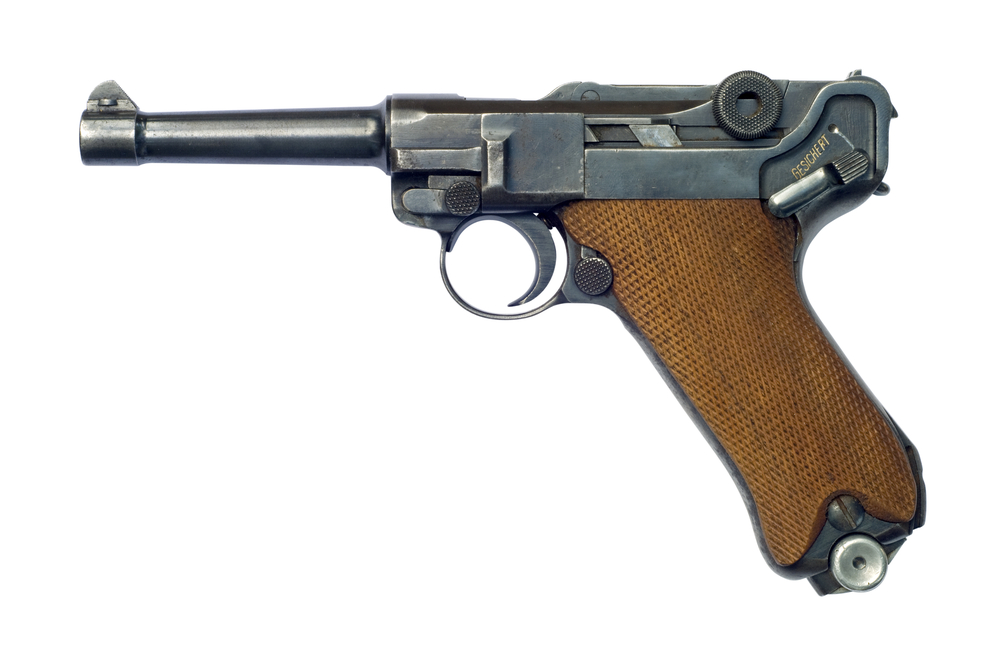
The Luger P08 was one of the most iconic handguns of World War II, used by German soldiers throughout the conflict. The Luger was highly regarded for its design and precision, making it a favorite of both soldiers and collectors. Many of these pistols were produced in large quantities, but some models, especially those with special markings, are rare.
Today, these pistols are still highly collectible and valued due to their historical significance and craftsmanship. Many Luger pistols are found in private collections or displayed in military museums. The popularity of the Luger among collectors is partly due to its role in some of the most notable battles of WWII. The weapon’s distinctive toggle-lock mechanism and design make it one of the most recognizable firearms from the period.
Japanese Katana Sword
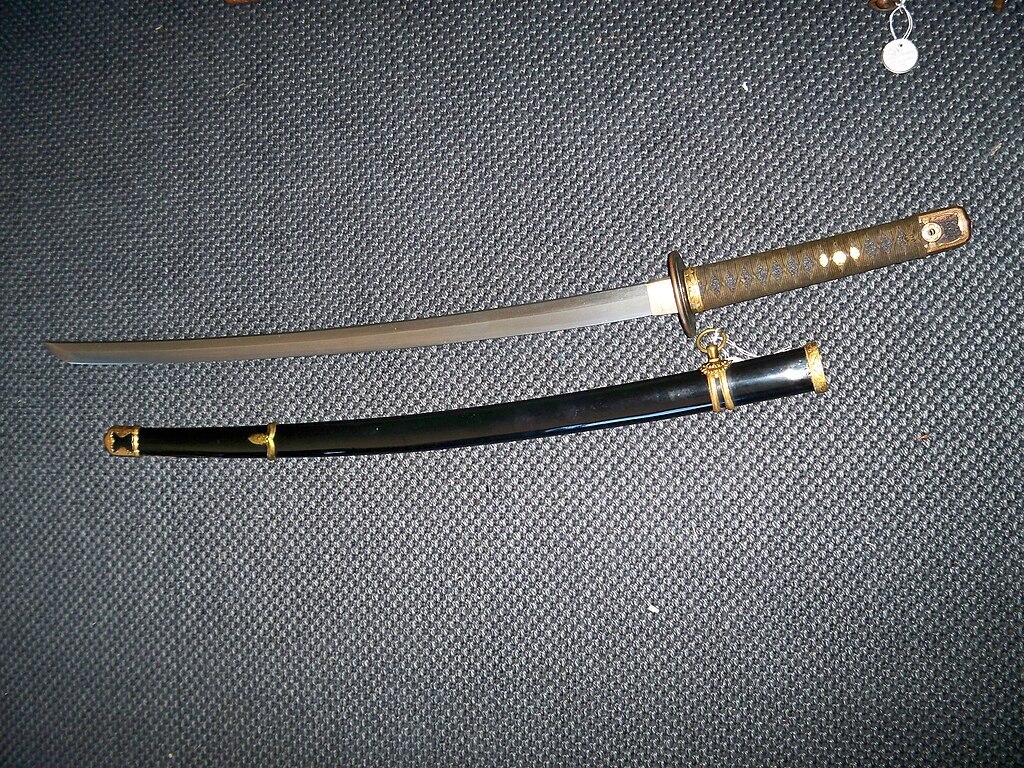
The katana sword is a symbol of the samurai and was used by Japanese soldiers during WWII. These swords were often handed down through generations and had a deep cultural significance. Many were used in close combat during the war, and some were even personalized with engravings or signatures. Today, original WWII katana swords are highly prized by collectors.
Collectors seek out katana swords for their craftsmanship and historical ties. They are often valued for their age, condition, and any unique features that set them apart. A katana sword from WWII may come with its original scabbard and markings, making it even more valuable. The katana remains an iconic symbol of Japan’s military history and warrior tradition.
U.S. WWII M1 Garand Rifle

The M1 Garand was the standard issue rifle for U.S. troops during World War II. Known for its reliability and power, it played a key role in the success of the Allied forces. The M1 Garand was one of the first semi-automatic rifles to be widely used in combat, marking a major advancement in firearm technology.
These rifles are still sought after by collectors for their historical importance and military significance. Many M1 Garands are in private collections or displayed in museums. The rifle’s distinctive “ping” sound when the clip is ejected has made it a memorable part of WWII history. The M1 Garand continues to be one of the most respected and valuable military firearms.
WWII Japanese Flag
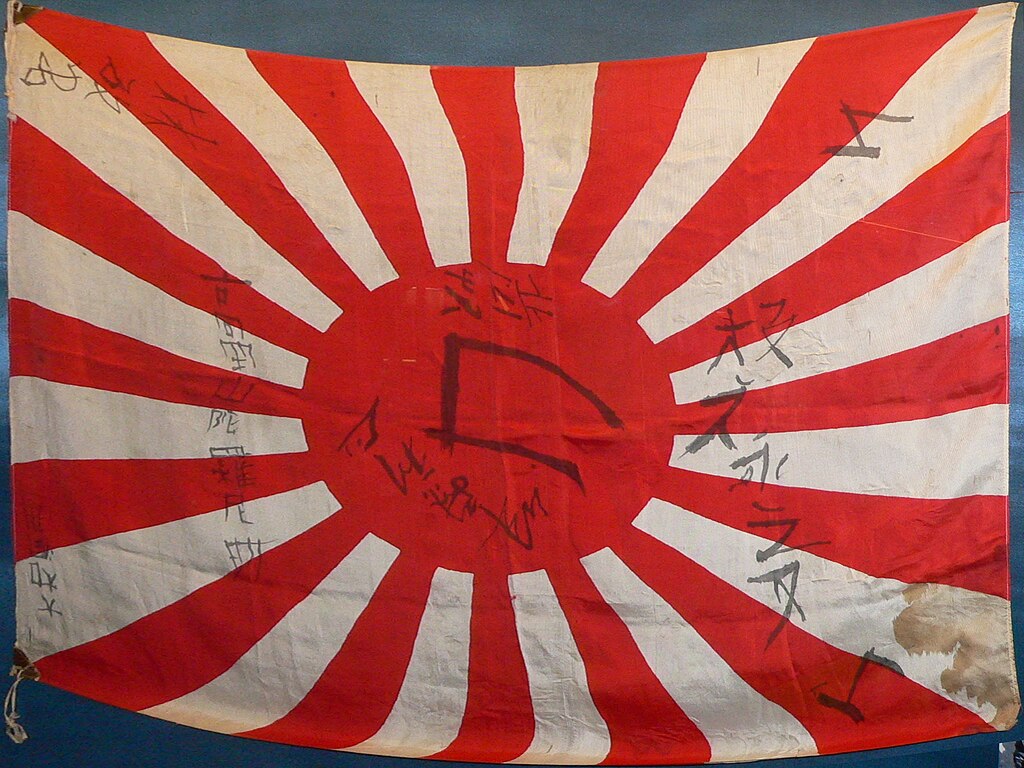
The Japanese battle flag, also known as the “Rising Sun” flag, was used by the Imperial Japanese Army during WWII. These flags were carried by soldiers into battle and often had personal significance. Many were signed by soldiers or inscribed with messages of good luck and hope.
Today, these flags are rare and sought after by collectors due to their strong historical ties to the war. Some flags were captured by Allied forces during battles in the Pacific and are now part of private collections. The Rising Sun flag has become a symbol of Japan’s military presence during WWII. Despite its controversial use, these flags continue to attract interest from collectors and historians.
WWII Typewriter
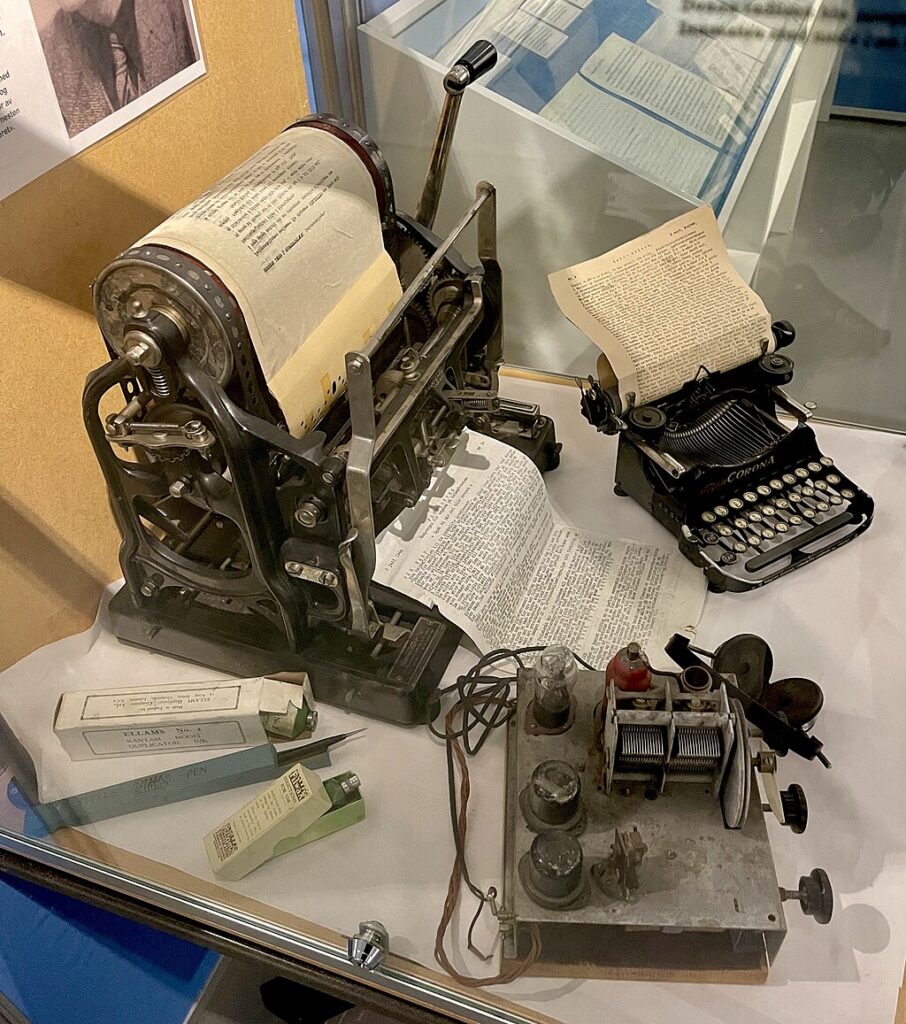
Typewriters were essential for communication during WWII, used by both military and civilian personnel. The most famous typewriters of the era are those produced by companies such as Olivetti and Underwood, which became standard issue in many offices and military units. Some typewriters were used in important communication roles, adding to their historical value.
Today, vintage WWII typewriters are considered collectibles due to their connection to wartime operations. Many of these machines are still functional, which adds to their appeal among collectors. Some typewriters were even used by high-ranking officials or military leaders, making them even more valuable. These items serve as reminders of the logistical operations that supported the war effort.
WWII Field Telephone
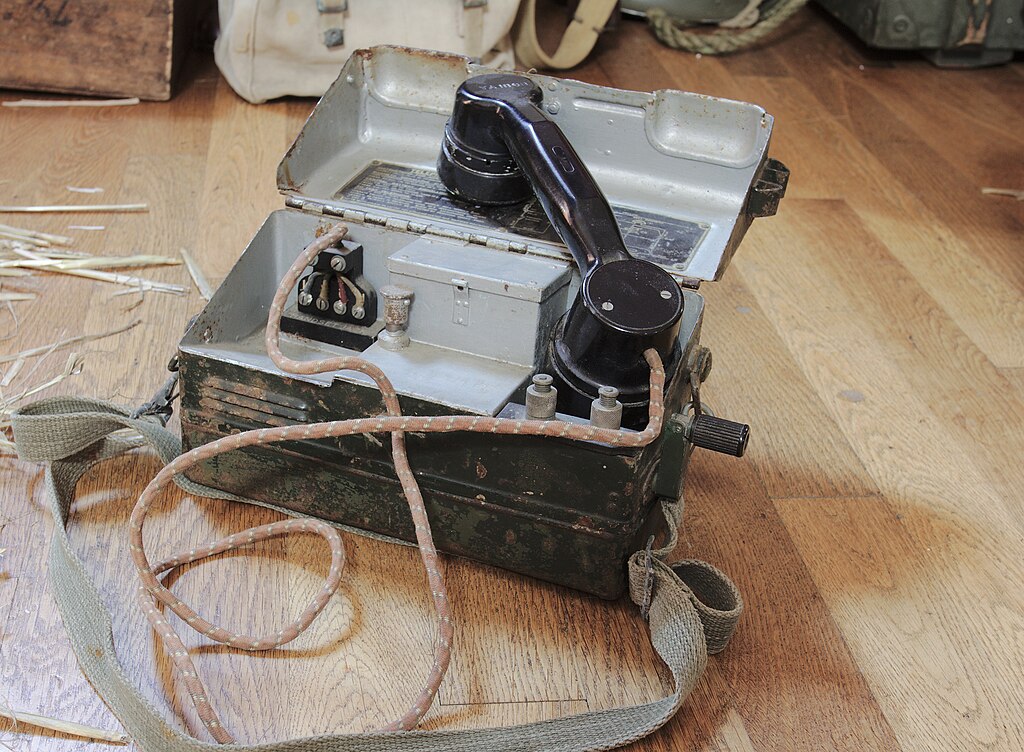
Field telephones were used extensively during WWII to maintain communication between soldiers on the battlefield. These phones were essential for coordinating military operations and relaying information under often dangerous conditions. Made of durable materials, these phones could withstand the rough environment of wartime.
Many of these phones are now part of private collections, prized for their historical importance. Some models are rare because they were used in specific campaigns or military branches. They serve as a reminder of the importance of communication in warfare and how technology advanced during the war. Today, these phones are cherished by collectors who appreciate their robust design and connection to wartime strategy.
WWII Ration Book
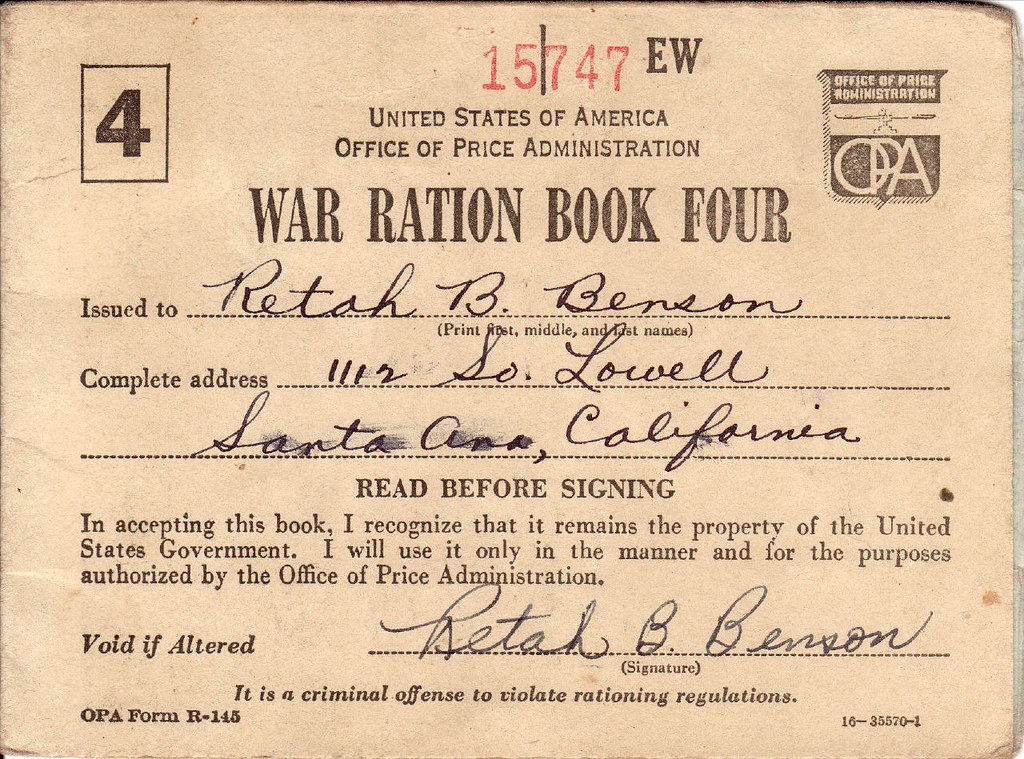
During World War II, rationing was implemented to ensure that resources were distributed fairly. Ration books were used by civilians and military personnel to receive food, clothing, and other essentials. These books were tightly controlled and marked with stamps that were exchanged for goods.
Today, these ration books are considered valuable artifacts due to their connection to the home front during the war. Many are still found in private collections, often passed down from families who lived through the war. Some books are more valuable due to their rarity or the scarcity of specific stamps. They offer a unique look at the hardships faced by civilians during WWII.
This article originally appeared on Avocadu.
